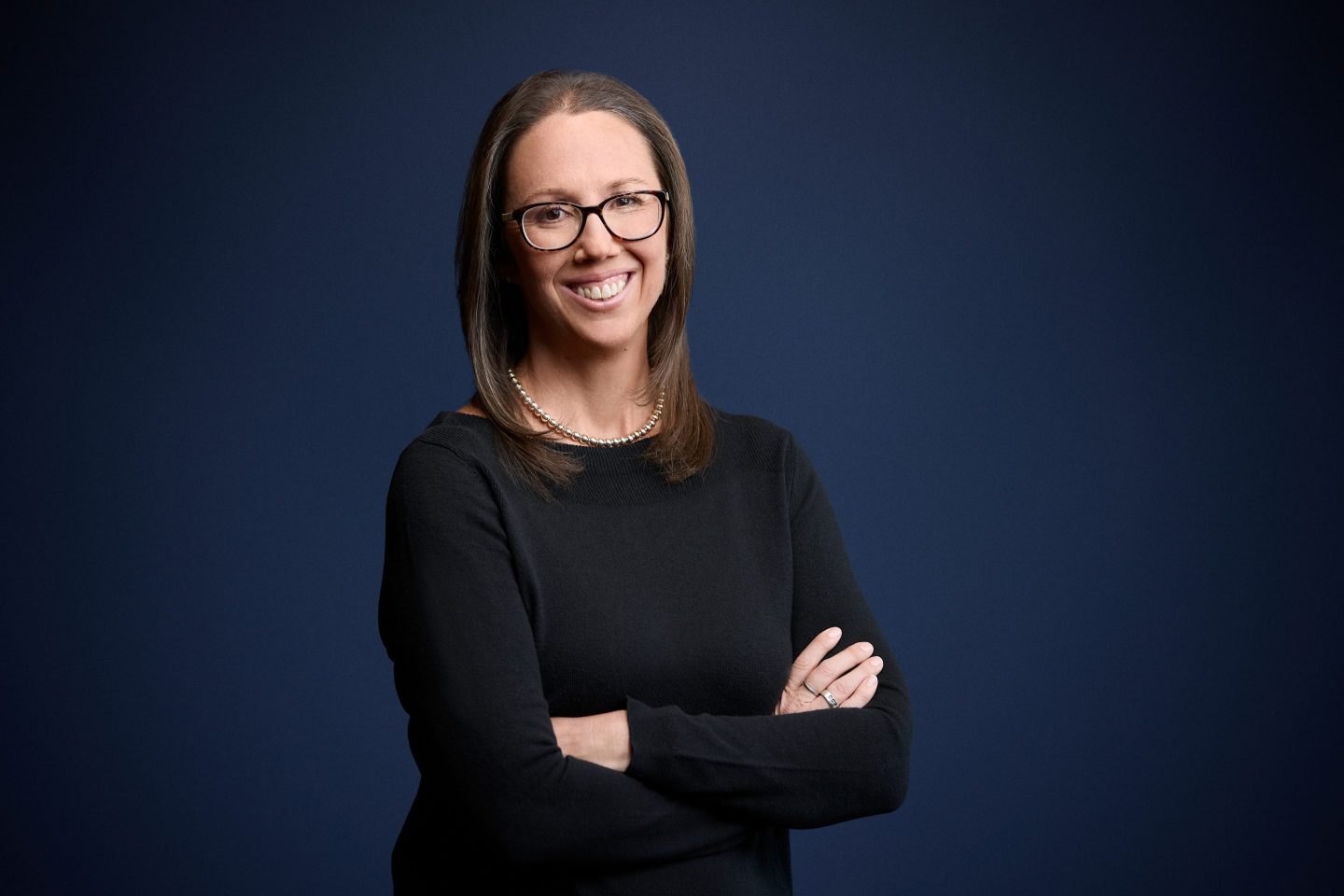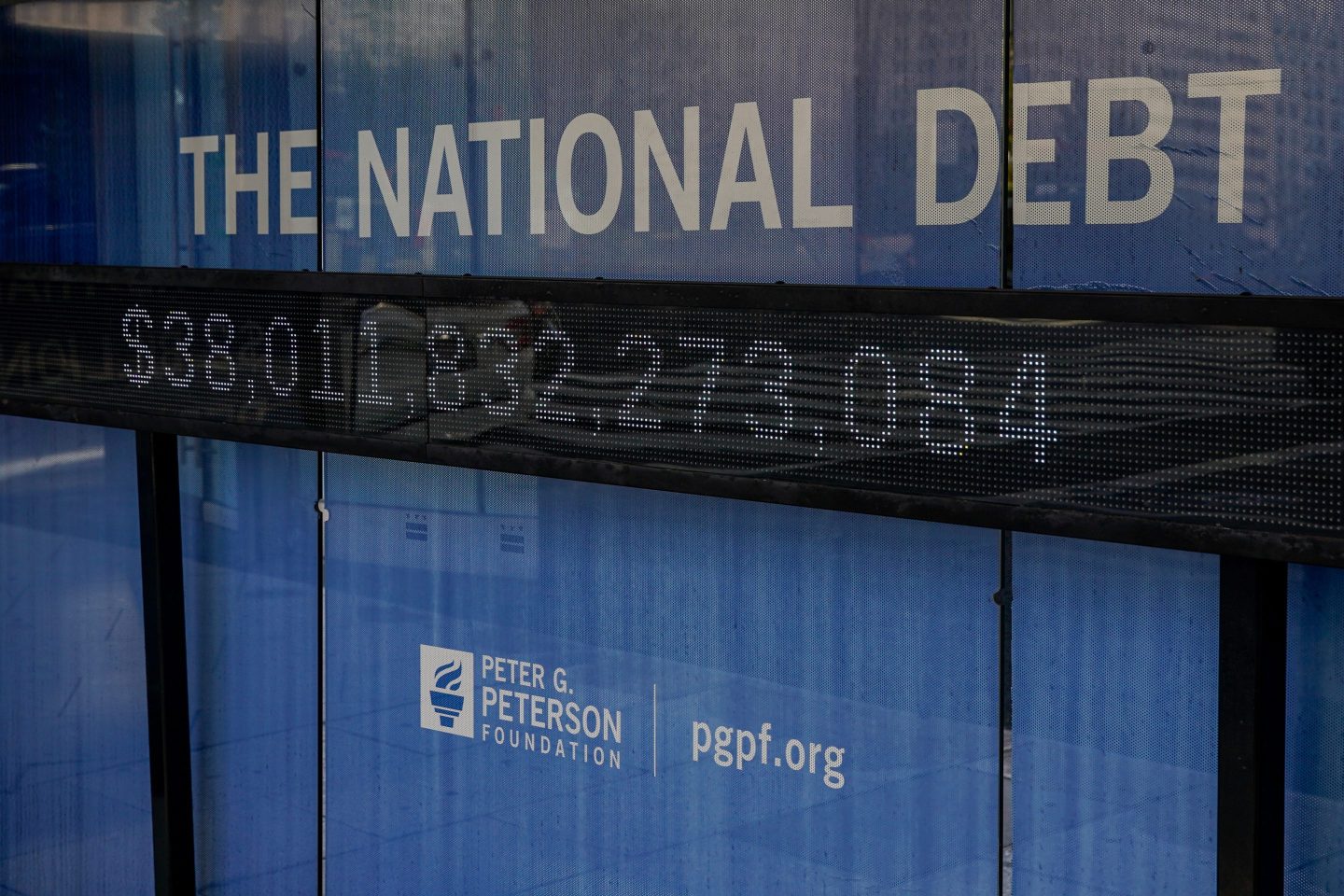As AI tools are reshaping how white-collar workers communicate, two very different kinds of employees are starting to emerge.
On one side are “pilots,” the ones using AI to enhance creativity and precision, according to a new study. On the other are “passengers” who rely on AI to do the work for them and flood inboxes with “workslop”: long-winded, low-value content that looks polished but adds little substance.
The term “workslop” was minted by recent research from the Stanford Social Media Lab and BetterUp, a professional training and coaching company. It may sound familiar to online users who have previously referred to low-quality AI-generated content as “AI slop.” And while AI use has doubled at work since 2023, a recent MIT Media Lab report found 95% of organizations have seen no measurable return on those investments.
That’s largely because white-collar workers are running into a new issue at their job. Researchers found that 40% of workers surveyed said they’ve encountered AI workslop in the last month, with 15% of workplace content qualifying as such. The result is more work for co-workers and little return-on-investment for companies.
AI pilots vs. passengers
To combat the rise of workslop, the study from BetterUp Labs and Stanford compiled research on AI adoption, and offered suggestions on how organizations could optimize AI usage to obtain more return-on-investment.
The first was to adopt better models of how to apply the technology. Instead of copying and pasting AI responses into an email or document, it requires thoughtful guidance and feedback to obtain better outputs on complex work. To do this, companies should have their own recommendations and practices instead of just careless adoption.
The second is to observe the mindset of employees. Workers with higher optimism are more likely to adopt gen AI than those with low optimism. The research deemed them “pilots,” as they are much more likely to use AI to enhance their own creativity, than “passengers.” Pilots also use gen AI 75% more often at work than passengers, and 95% more often outside of work. On the other hand, passengers are much more likely than pilots to use AI for offloading work.
Finally, instead of using tools like ChatGPT as a short cut to avoid doing work yourself, approaching AI with a collaborative mindset that accelerates more specific outcomes and usage could enhance work rather than make it more difficult for co-worker or managers.
The sentiment on workers
As more business executives praise AI as a key for unlocking extra productivity, the workslop trend may become increasingly relevant for workers to understand the difference between good work and digital clutter.
For example, researchers found that more than half of employees say receiving AI-generated workslop made them feel annoyed, followed by confused or even offended. It’s also shifting the dynamic to how workers feel about their peers at work—about half surveyed viewed colleagues who sent workslop as less creative, capable, or reliable.
Furthermore, its impact on productivity adds up: the survey estimates an “invisible tax” of $186 per employee per month. For a 10,000-person company, that’s more than $9 million a year.
Over time, the issue erodes trust. One third of people are notifying teammates when it happens, resulting in them being less likely to want to work with the sender again.











